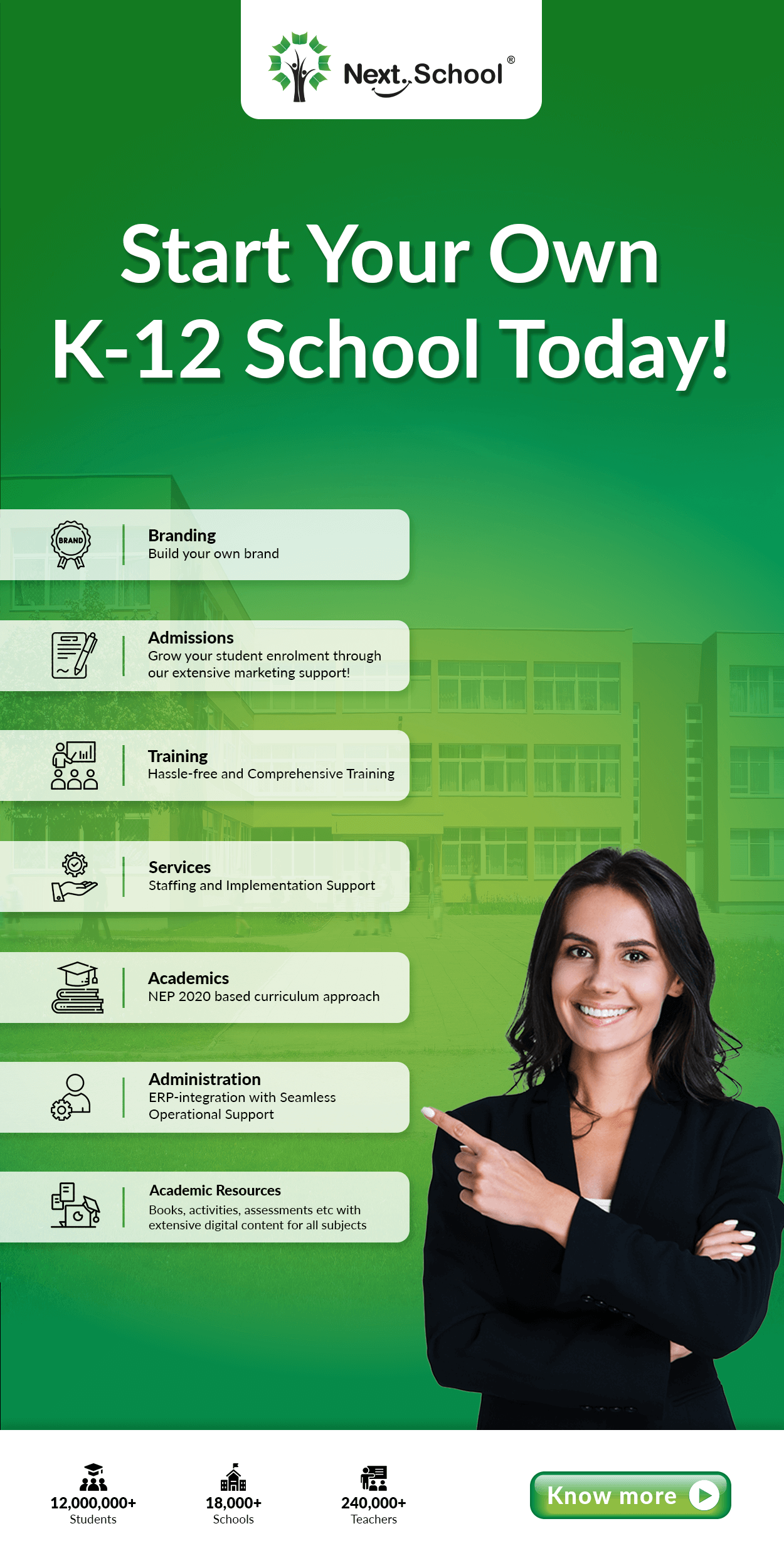Catalysts to effective teaching and learning

Let us start with the question-what does it take to make learning effective? Undoubtedly, it is effective teaching. A master of the subject—who is full of knowledge, well equipped, informed and updated on the subject, with expertise—is the one meant to teach effectively. However, is it enough to have a master prop on the podium and deliver the sermons for learning effectiveness? Indeed, subject matter competency alone cannot ensure effective learning. Thus, teaching effectiveness depends on some other factor as well— it is pedagogical ability.
Teachers are required to play many roles, with the actual practice of teaching the subject being at the core. Various researches have suggested different variables play instrumental in the teaching- learning process. The findings are based on “process-product” research. In other words, when a teacher does this (process), it results in this sort of student achievement (product). When a teacher causes this to happen (process), it results in student learning (product).
Several researches on effective teaching provide educational professionals with a relatively clear understanding of the fundamental principles for effective instructional practice. Teachers should use these empirically supported principles as a basis for the determination of their own instructional effectiveness in the classroom. The four principles—Outcomes, Clarity, Enthusiasm, and Engagement—serve as a conceptual framework for increased self-reflective practice among teachers as proposed by Bulger, Mohr and Walls. Student learning is bound to be better, faster, and/or more long lasting when teachers apply the four principles in the teaching process as elaborated here:
Outcomes
The outcome-based instructional approach provides teachers with a framework to design and deliver the course, further enabling them to assess students’ learning as a measure of effective teaching. Their approach also provides students with a clear understanding of learning goals. The best application of this orientation can be in Formative Assessments of CCE, which provides an opportunity for teachers and learners alike to realign their strategy with determined goals/outcomes.
Clarity of instructions
When delivering instructions, nothing should be left to chance. If students are not meeting the expectations, methods of delivery may lack the required degree of clarity. The concept should be taught from concrete to abstract, from simple to complex, and from old to new. This instructional strategy is known as curricular scaffolding. When a teacher helps students connect new information with what they already know, the teacher is assisting students in accurate organization of information.
Engagement
This principle focuses on the fact that students learn better through active involvement. To make the teaching process effective, teachers need to engage their students repeatedly throughout the lesson. All engagement activities should be aimed at disseminating knowledge and inculcating skills and attitudes into students for effective learning accomplishing the identified outcomes.
Enthusiasm
Learners observe consciously, subconsciously and unconsciously. They easily catch their teacher’s passion or drag too. If the teacher is passionate, it is reflective in his/her knowledge of the subject and instructional experience. Teachers can begin to create a positive learning environment by showing their passion for the subject by using students’ names, reinforcing student participation during the class, and being active in moving among students. An environment set for students’ success is the most critical component for students’ engagement in the study and their further achievement.
Image Credit: freedigitalphotos.net

